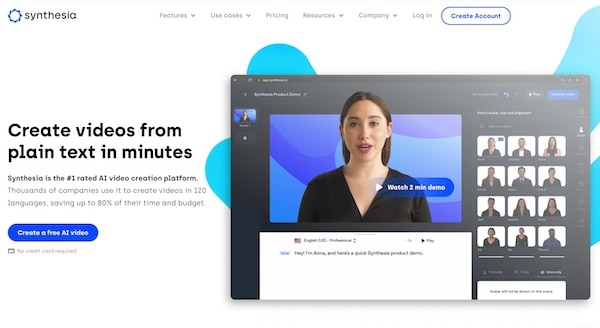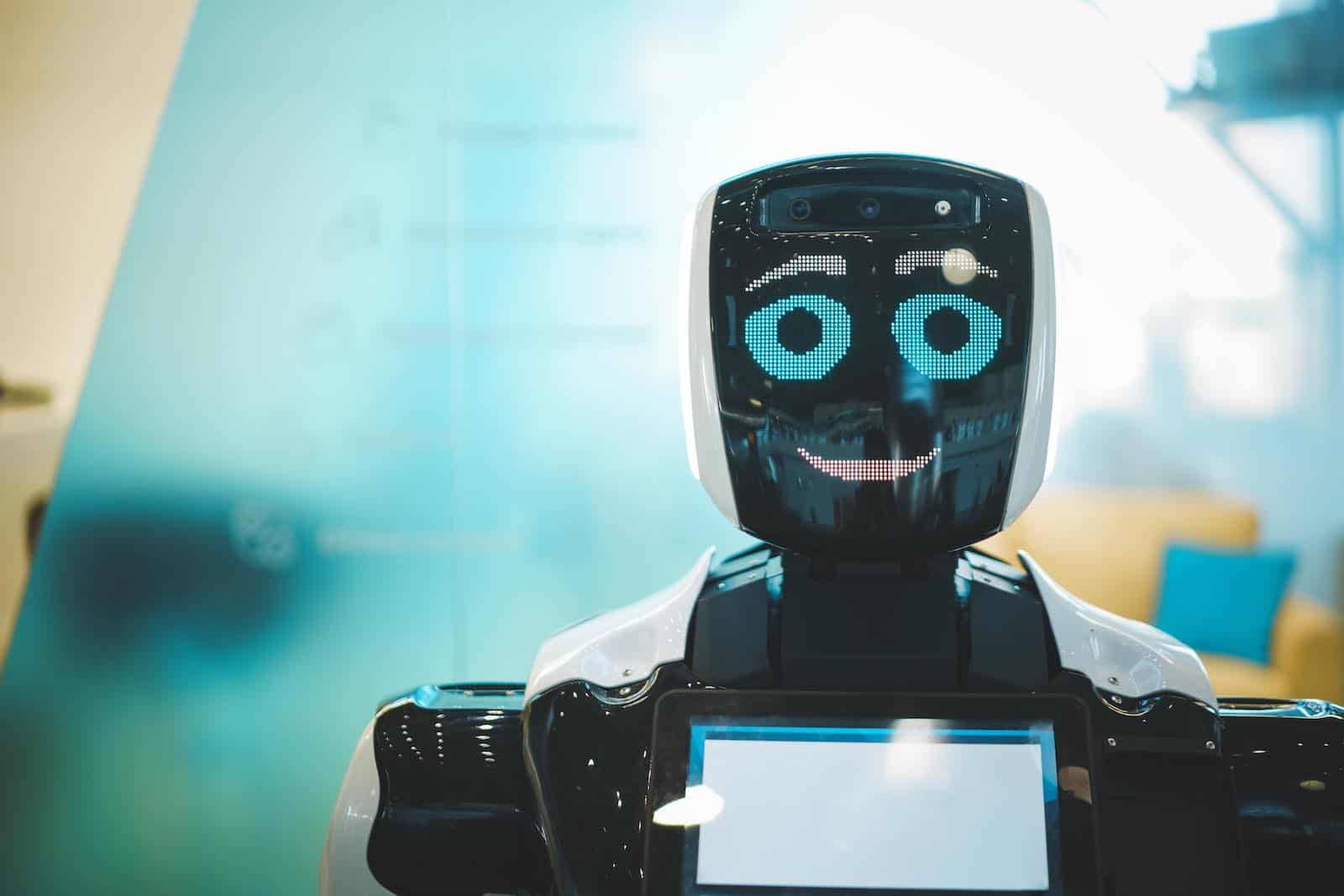The Rise of Artificial Intelligence in Video Communication
In recent years, artificial intelligence (AI) has become an increasingly popular tool for streaming, video production, and livestreaming for businesses and government agencies. AI has the potential to revolutionize the way we stream content online. But what do the current applications look like? Let's take a look at some of the ways AI is transforming online streaming.
Speech recognition technology
AI-powered speech recognition technology can be used to provide viewers with an immersive experience. For example, speech recognition can be used to interact with viewers during a livestream or allow them to ask questions about the streamed content. This technology can also be used for targeted advertising that responds directly to viewers' questions. In addition, AI can be used to recognize speakers by their voice and then display additional information about that person.
Automatic camera systems
AI-powered cameras use computer vision technology to track objects and adjust their movements accordingly. This means that an AI-powered system no longer needs to manually move the camera to capture footage, but can quickly detect and focus on any object or person in the frame without human intervention. This allows filmmakers to create more complex scenes with multiple moving objects without having to worry about managing dozens of cameras. For sports broadcasts, the number of camera operators can be reduced or eliminated entirely.
Video editing software
AI-powered video editing software allows streamers to quickly and easily edit their videos without having to manually select cuts or transitions between scenes. AI-powered video editing programs can detect objects in footage and automatically apply appropriate effects, allowing users to produce high-quality videos without having to do all the manual work themselves. In addition, these tools can analyze user data such as viewing habits and reaction times to determine which types of videos appeal to viewers better than others.

Content analysis tools
AI-powered content analytics tools enable streamers and video producers alike to better understand their viewers' preferences. By analyzing viewer data, such as engagement levels with different video types, these tools can help streamers create more personalized content that engages their viewers on a deeper level. In addition, these tools can be used by businesses and government agencies alike to gain valuable insights into how their services are being received by their audiences.
AI assisted writing
One of the most common uses of AI in content creation is to help you write. AI-powered tools like Grammarly or Hemingway will detect errors in your text and suggest how you can improve it. These tools can also suggest synonyms, provide examples of correct grammar usage, and even check for plagiarism so you don't accidentally use someone else's work without crediting them. Tools like Jasper or ChatGPT can also be useful for writer's block or for brainstorming.
AI-supported moderation
If you are afraid to speak in front of the camera, you can rely on the technology of https://www.synthesia.io/. Synthesia offers various avatars, which then speak the text that you have previously been told. The result is a finished video. For the different areas there are ready-made templates e.g. for the sales pitch, the greeting on a website, etc. The English version is good, for German the provider should still rework.
AI-supported research support
Another way AI can help with content creation is by assisting with research. AI-powered tools like Google Scholar or ChatGPT allow you to quickly search for relevant information on a topic you're researching for your article or blog post. These tools are especially helpful when it comes to finding reliable sources for your work, as they are specifically designed to find scholarly articles and other credible sources of information.
AI-powered content suggestions
Finally, AI can also be used to generate ideas for new content or suggest topics that might be relevant to your target audience. Tools like BuzzSumo or Quora analyze data from social media sites like Facebook, Twitter and Instagram to find out what topics are hot on the different platforms. With this kind of analysis, you can find out what topics people are interested in right now so you can create content that appeals to them and keeps them coming back for more!
Subtitling tools
One of the biggest benefits of using AI in video creation is that it eliminates many tedious and repetitive tasks that would take a lot of time if done manually. For example, AI can automatically generate subtitles for your videos in multiple languages, so you don't have to worry about writing subtitles in multiple languages yourself. Video.Taxi uses AI to create subtitles.
Bottom line: as you can see, artificial intelligence is revolutionizing online streaming in more ways than one. From voice recognition technology that allows viewers to interact directly with streams to video editing software that takes away much of the manual work involved in creating high-quality videos, AI-powered tools are making it easier than ever for businesses and government agencies to operate more efficiently through online streaming providers like Video.Taxi.
With its ability to analyze user data to gain insights into audience preferences, AI is quickly becoming an indispensable tool for any business or government agency that wants to effectively reach its target audience on digital platforms. AI is just at the beginning. We can't wait to see what's to come.
P.S. This blog post I did not write alone 🙂
AI Tools:
Research and writing tools
Writing tools:
Camera systems
Content research
Subtitling
Avatars



